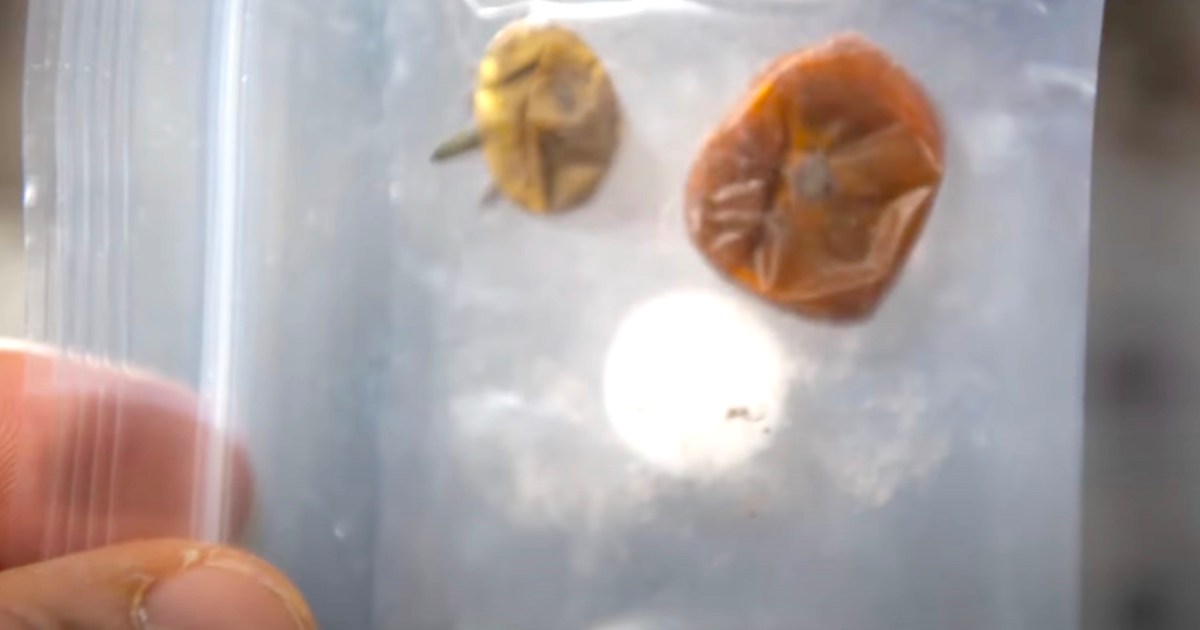
NASA has shared a video (above) telling the story of the disappearing space tomatoes, a mysterious tale that recently made headlines around the world.
When a couple of tomatoes went missing on the International Space Station earlier this year, astronauts on board the orbital outpost suspected that the last person to see them may also have eaten them.
But NASA astronaut Frank Rubio protested his innocence, insisting that after harvesting the tomatoes, he placed them inside a plastic bag before securing it in a designated spot. The problem was that when he returned, the bag — and the tomatoes — were gone, with the microgravity conditions having apparently carried it away from its original location.
After returning to Earth in September following a record-breaking stay in space, Rubio said in an interview that he’d spent as many as 20 hours looking for the tomatoes.
“I spent so many hours looking for that thing,” Rubio said. “I’m sure the desiccated tomato will show up at some point and vindicate me, years in the future.”
Well, he didn’t have to wait that long, as last week, in a live stream with the ISS crew marking the station’s 25th anniversary, NASA astronaut Jasmin Moghbeli had a big surprise to report: “Our good friend Frank Rubio, who headed home [in September], has been blamed for quite a while for eating the tomato. But we can exonerate him. We found the tomato.”
Moghbeli then revealed the remains of the two rogue tomatoes inside the very bag that Rubio had put them in earlier this year. NASA described them as “dehydrated and slightly squished but with no visible microbial or fungal growth.”
The space agency’s short video covers the mystery from start to finish and also shares footage of the crop-growing facility that Rubio used during his year-long stay aboard the space station.
Astronauts have long been testing such facilities on the ISS. With crews living mainly off prepackaged foods, growing and eating fresh food can boost astronauts’ mental and physical well-being.
Developing effective growth facilities is also important if we’re ever to send humans to far-flung places for extended periods, as it won’t be efficient to pack a spacecraft with huge amounts of prepackaged food.
It means that tomato plants will almost certainly be a part of future long-duration crewed missions to deep space. But NASA might want to find a better way of securing those bags.
Editors’ Recommendations
Services Marketplace – Listings, Bookings & Reviews
